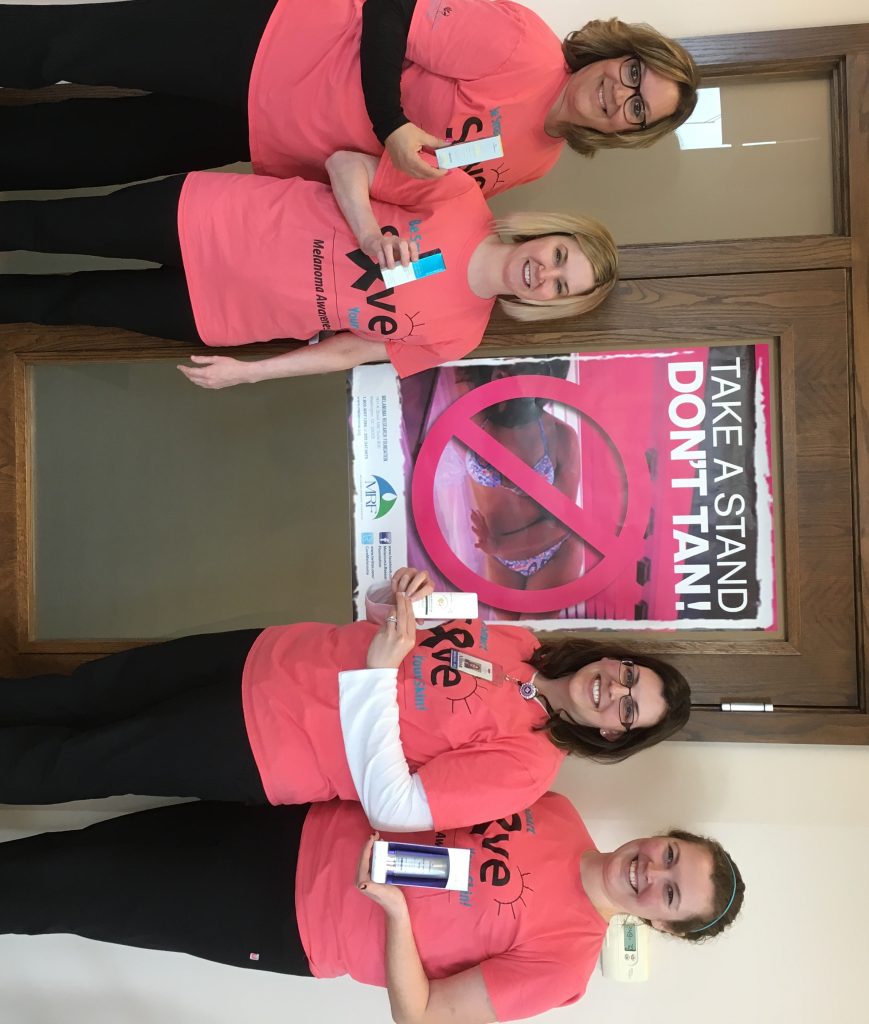Written by Margaret Kontras Sutton, M.D.
I know, I know , you have heard us preach about the use of sunscreen and sun protection. But we are convinced that the use of sun protective measures rank right up there with wearing a seat belt when in a car and wearing a helmet when riding your bike. So because of this I would like to write a two-part blog on sunscreen. Today’s will be the basics and Part Two will be a college level course.
There are two categories of sunscreen. One is physical and doesn’t let the sun rays get past it. The second type is chemical and absorbs the rays before they cause damage to the skin. Either type is effective, but remember the physical type works immediately, whereas the chemical type must be applied 20 minutes prior to sun exposure.
Sunscreen efficacy is “graded” using the SPF or Sun Protective Factor. We recommend at least an SPF of 30. This rating is good for UVB only. UVA protection can be accomplished by using a sunscreen which claims to be “broad spectrum”. Sunscreens can become ineffective when sweat or water wash them off so look for a “water resistant” rating of either 40 or 80 minutes.
But sunscreen is not able to achieve its full protection if it is not applied generously. Rule of thumb is one ounce (or a shot glass full) to cover the whole body. Also it should be reapplied at least every 2 hours or immediately after being in the water.
Here are some of our favorite sunscreens. Sutton Ryan Ageless which is moisturizing and a good base layer for the face all year around. Our patients who struggle with rosacea or hyperpigmentation love the Skin Medica Total Defense and Repair. We also carry a couple of Obagi sunscreens, one being a matte finish and another that is very moisturizing. Call for a consultation to learn more.




Leave a Reply